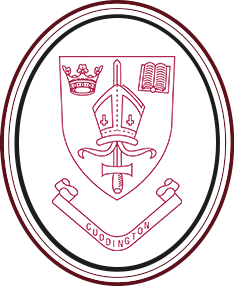Spelling
Spelling Seeds: Enhancing Spelling Skills
Spelling Seeds is a programme by Literacy Tree that provides weekly, contextualised spelling lessons aligned with their Writing Roots programme and the English National Curriculum. These sessions offer open-ended investigations, practice opportunities aiming to move beyond test-based learning and foster a richer, more practical approach to spelling. Spelling is taught within a meaningful context related to a specific book, making it more purposeful for children.
What are spelling seeds?
- A weekly series of lessons for teaching spelling.
- The content is linked to specific Writing Roots texts, providing a contextualized learning environment for spelling
- Each Spelling Seed covers the phonics and spelling elements from Appendix 1 of the National Curriculum.
Tips for Learning Spellings at home
While there is limited evidence supporting the traditional method of memorising spelling lists at home and being tested on them, the National Curriculum 2014 places a high expectation on pupils to learn increasingly complex words.
During our sessions, we introduce and practice a variety of spelling strategies. This empowers pupils to choose the most effective strategies for learning different words.
Each week, children in Years 2 to 6 bring home a list of spellings they’ve been learning in school. We encourage them to use the strategies outlined below to practice these spellings. This approach helps reinforce spelling rules, deepen word meanings, and apply them confidently in writing.
During the week, children will practice these words to facilitate their transition from short-term memory to long-term memory. This process enhances spelling fluency and accuracy in their writing. While there won’t be formal weekly spelling tests, we’ll conduct an assessment at the end of each unit to identify any learning gaps, which will inform our teaching approach for the next unit.

